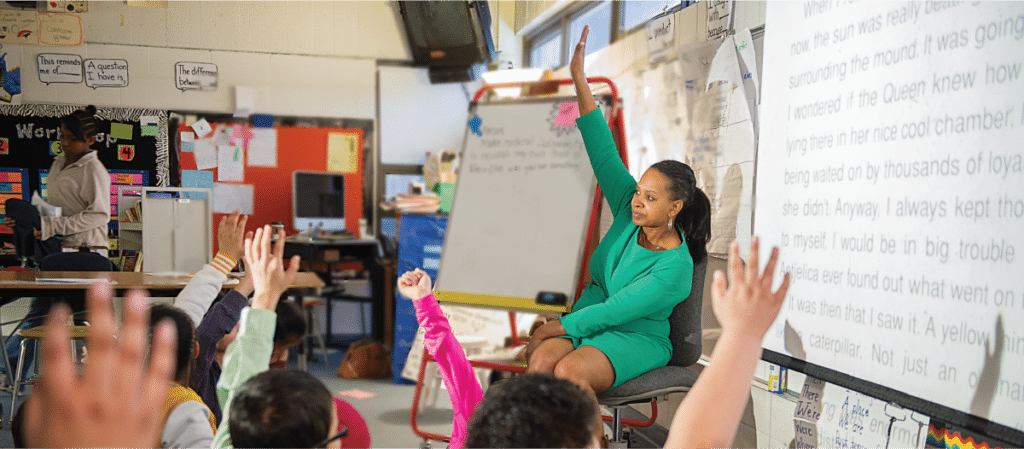It’s that time of year again! You’re in a classroom with a whole new group of students. In all the excitement and commotion, you might be eager to create a sense of order by establishing classroom rules. But before you do, it’s essential that you ensure your procedures are in place and your students are beginning to feel comfortable with one another. Following are some ways you can make sure your classroom rules support the development of your new classroom community.
Before You Establish the Rules
Here are two things you can do to promote a sense of class community in anticipation of creating classroom rules:
- Introduce students to the learning space and make them feel welcome and included. Think about what daily procedures your class will use on the very first day of school. It can be helpful to sit down and write a list of each of these procedures, starting with the first moment they walk into their classroom and ending with closing circle and dismissal. Remember to use Responsive Classroom practices such as Interactive Modeling and Guided Discovery to help students get acquainted with the expectations around navigating space and using materials in their new classroom. Ensure each student feels seen and reflected in the space through books, artwork, name tags, and more.
- Discuss your hopes and dreams. Talking about hopes and dreams with your students can be a bonding experience that helps establish a class identity. What do your students have in common? Where can you see their individuality shining through? Use these discussions to get to know your students better and to help guide you in the rule creation process.
How to Establish Classroom Rules
Once every student feels welcome in the learning space and has identified and discussed their hopes and dreams for the school year, it is time to establish the rules. Here are a few strategies you can use:
- Include students in the rule creation process. Students who have a say in the classroom rules are more likely to be invested in them. This sense of ownership can help students bond with one another and hold each other accountable, as well.
- Help guide your students with envisioning language. Encourage them to determine how they will succeed this year. For example, you might pose the question “What needs to happen in order for everyone to achieve their hopes and dreams for this school year?” Remind students to think not only of rules that help determine behavior but also to think about academic and social goals as well.
- Write down all thoughts that students generate. In order to build a strong classroom community, it is of the utmost importance that every student feels seen and heard during this process. By the end, you should have three or four rules that all students can agree to and see as helpful for reaching their individual hopes and dreams for the year.
Organize your thoughts around each of these steps with our Establishing Rules Planning Guide.
Further Resources
Now that you’ve laid the groundwork for a positive class environment, you and your students will feel more comfortable together and your sense of community will only continue to grow!
For more on how to co-create the rules, check out Teaching Self-Discipline and the Quick Coaching Guide A Proactive Approach to Discipline: Start With the Rules.
Alyssa Brunner is a curriculum and instructional designer for Center for Responsive Schools. She has taught first, second, and fifth grade and is a certified Responsive Classroom educator.
